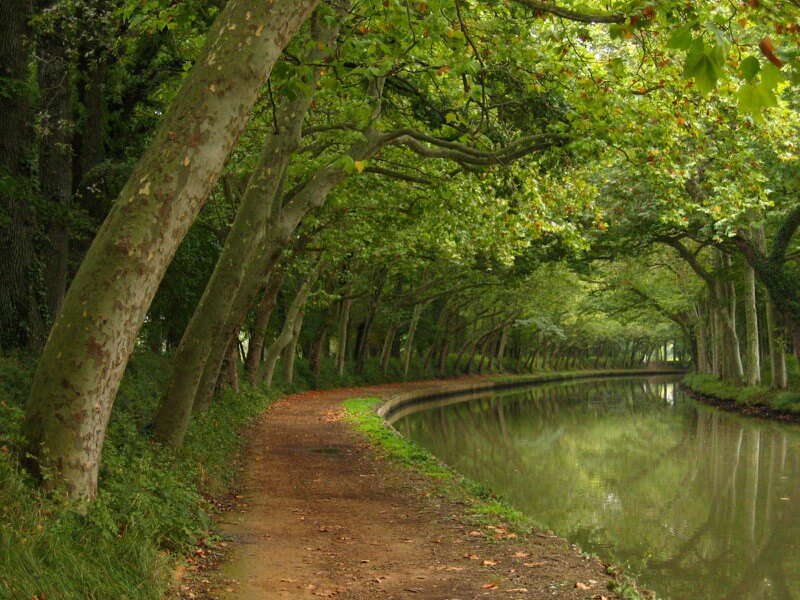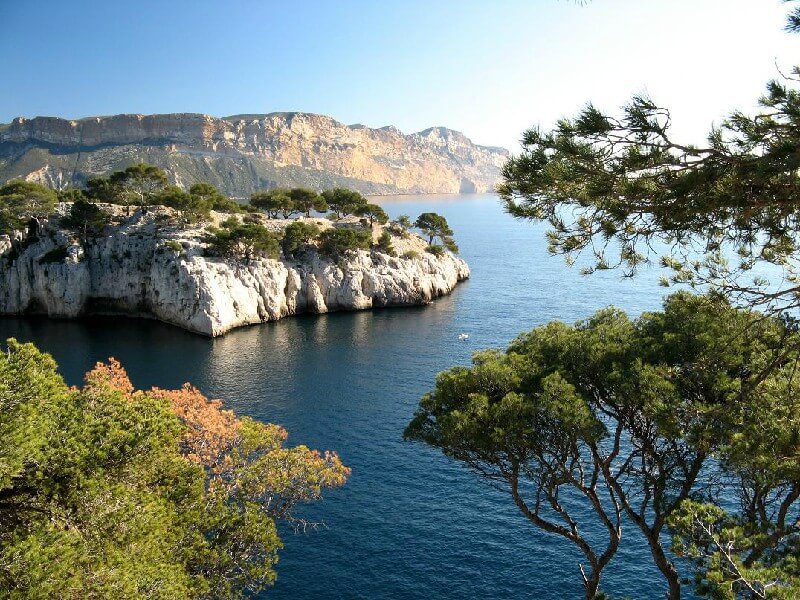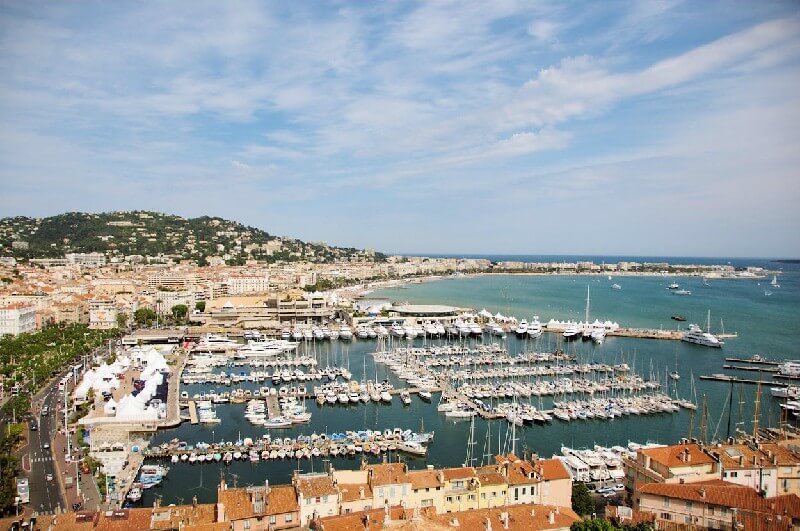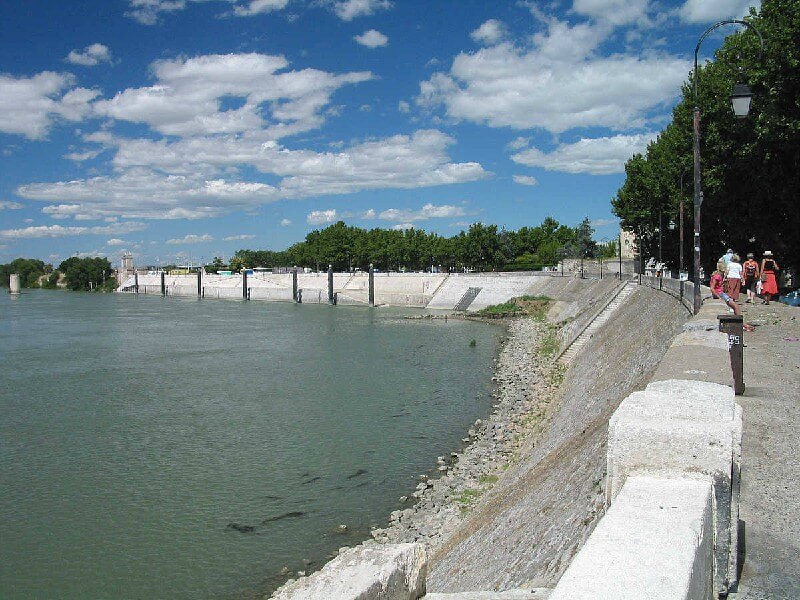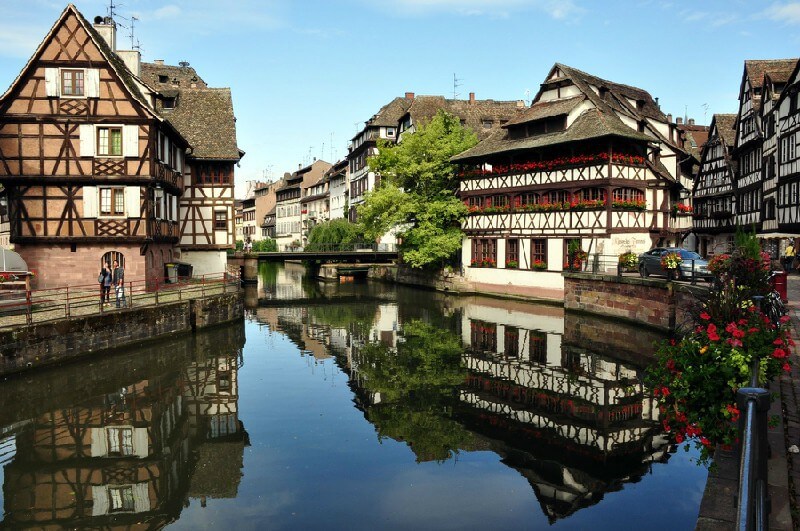Geography and Climate in Bordeaux
Rating: 8,4/10 (1449 votes) 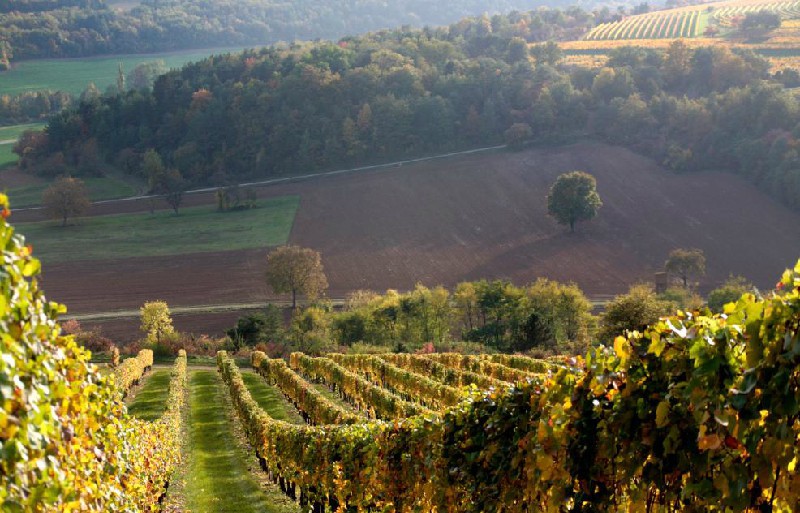 Bordeaux is one of the largest French cities located in the southwestern part of the country. First of all, it is known as the center of Aquitaine - one of the largest and most significant historical regions of France. The population of the city is about 290 thousand people, and together with the agglomeration this figure increases several times. Bordeaux is separated from Paris by a rather impressive distance of 591 kilometers, which is very difficult to overcome by land transport. Nevertheless, tours in comfortable charter buses from the French capital depart regularly, according to the rules, there are a lot of stops for passengers to rest, and several cities are visited along the way. The most acceptable in terms of price and travel time is a high-speed train, departing from Paris, and this distance can also be flown by domestic airlines. The city is located in a transitional climatic zone, features of a temperate and Mediterranean climate are equally present here. Unlike the southern regions of France, it is not so warm and rainy in the off-season, winter is more noticeable, but precipitation in the form of snow is also quite rare. Most often, the winter sky in Bordeaux is overcast, and every day it rains continuously. The average temperature of January as the coldest month is kept at around +3 ° C. Both thaws and sudden cold snaps at night are possible. The absolute temperature minimum is recorded here every 5-6 years and corresponds to a temperature of -12 ° C. August is the hottest of the summer months in the city, the average monthly temperature is about + 27 ° С in the shade, We also recommend reading Geography and Climate in Arles Topic: Geography and Climate in Bordeaux. |
